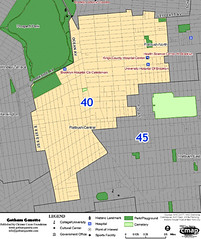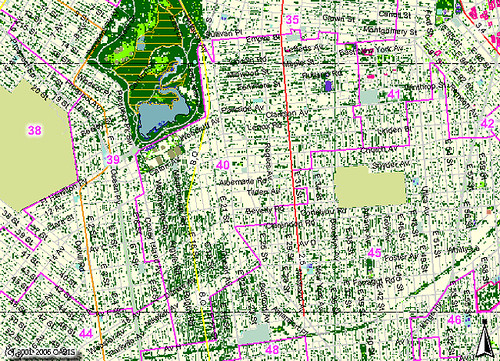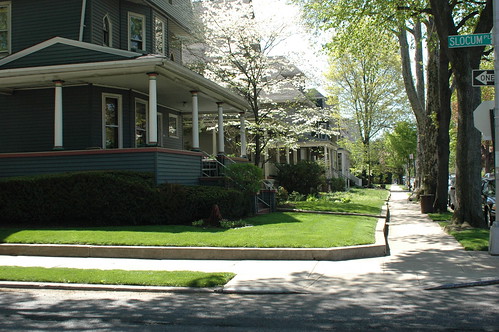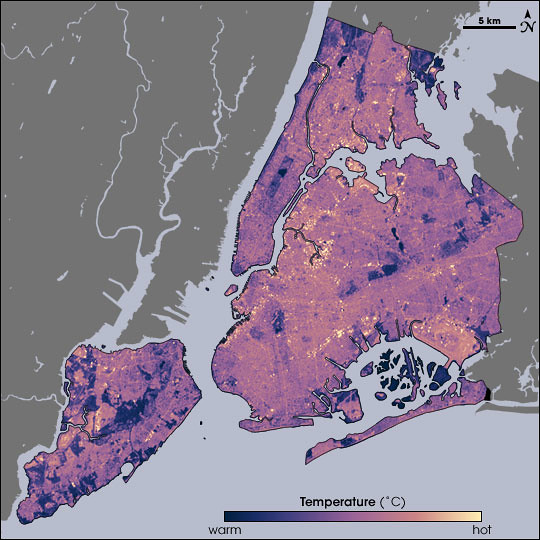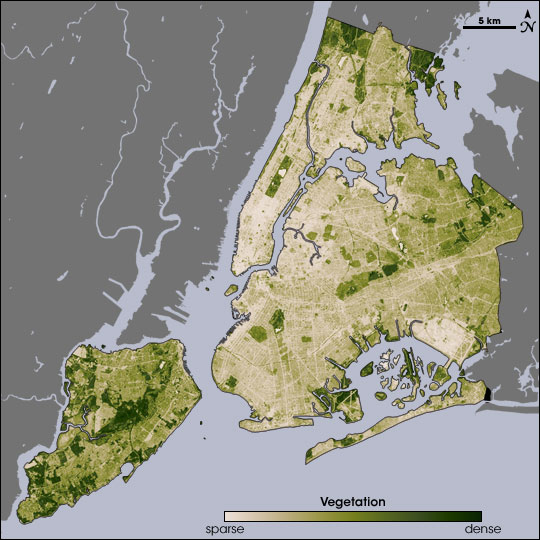Updated 22:00 EDT: Added links, maps, and legend.
Gowanus Nursery, as it appeared on their opening day this Spring
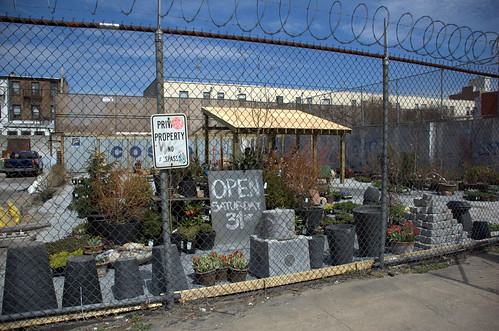
I received the following email this afternoon through the Gowanus Nursery mailing list.
On Wednesday August 22, a small group of business owners, employees and clients attended a city planning meeting that was to decide the fate of a few parcels of land located on Summit and Carroll streets.
The likely outcome is that Gowanus Nursery (45 Summit Street) will be forced to move, once again.
Remarkably, this change is a thinly disguised ‘spot zoning’ to allow for a residential development in a grandfathered commercial zone. This action, in the words of Community Board 6, has been the most aggressive use of ULURP (re-zoning) procedures that the current board has ever seen, forcing out active and flourishing businesses to make way for residential development.
Borough President Marty Markowitz’s recommendations suggest that the nursery occupied lot provides property owners the opportunity to lease under-developed land with minimal investment (part true since the only investment came in the form of our own labor and financial funding.) There seems something fundamentally wrong with labeling well-used open ‘green’ space as ‘under-developed’.
On a personal note, I am frustrated not only by the futility of the work we have already logged here, but also by the casual way that zoning change is happening in ‘our’ neighborhood. Last year, you, my customers and colleagues came to offer your services during the first move. Now, I ask for your help to help save this ‘green oasis’ from perishing in the changes affecting all of Brooklyn.
One of the questions asked by the city planning commissioners was “We have heard a lot of testimony about how this is the ‘best’ nursery, could you please give some definite examples to support this statement?” Well, we hope that our garden making has been successful; stimulating ideas and offering advice, suggesting different ways of seeing plants and how they affect our environment directly and indirectly. Of course, something akin to a mission remains: providing to gardeners experience-based knowledge and the broadest selection of perennial plants for Brooklyn gardens.
We hope that you can take the time to email the following parties to let them know in a few words what makes us an important part of the neighborhood and the whole Brooklyn experience.
Council representative – Bill de Blasio, deblasio@council.nyc.ny.us;
City Council Speaker – Christine Quinn, quinn@council.nyc.ny.us;
Land Use Committee Chairperson – Melinda R. Katz, katz@council.nyc.ny.us;
Mayor Michael Bloomberg
The following are some statements to paste into your appeal:
It’s impossible to run a nursery without land.
Businesses such as these provide necessary services to the community, and are the reason we choose Brooklyn.
Please help Gowanus Nursery to remain a Brooklyn institution.
I located a map of the proposed zoning change. This was certified to begin ULURP as far back as May 14th of this year.

The area enclosed by the dotted line is proposed to be rezoned by changing from an M1-1 District to an R6 District. The heavy solid lines indicate where the Zoning District Boundaries would like after the proposed zoning change. To become effective, the proposed changes must be approved first by the City Planning Commission, then the City Council.
Here’s a map, courtesy of OASIS-NYC, that shows the current uses of 45 Summit Street and nearby properties:

Legend:
 1 & 2 Family Residential
1 & 2 Family Residential
 Multi-family Residential (3 or more Residential Units)
Multi-family Residential (3 or more Residential Units)
 Mixed Use (Residential and Commercial)
Mixed Use (Residential and Commercial)
 Commercial
Commercial
 Institutions
Institutions
 Transportation & Parking
Transportation & Parking
 Industrial (corresponds to Zoning’s “Manufacturing” designation)
Industrial (corresponds to Zoning’s “Manufacturing” designation)
 Vacant Lots
Vacant Lots
Comparing these two maps, it appears that most of the properties along Carroll Street within the proposed zoning change are already in residential use. The proeprties along Summit Street, however, are in industrial use, consistent with their M-1 Zoning designation.
The question of whether or not Gowanus is “the best” nursery is a red herring. This seems like a suspiciously convenient carve-out for someone. Who is going to reap the windfall from eminent domain-style tactics that strip privileges from one group and class of residents to benefit another?
Links:
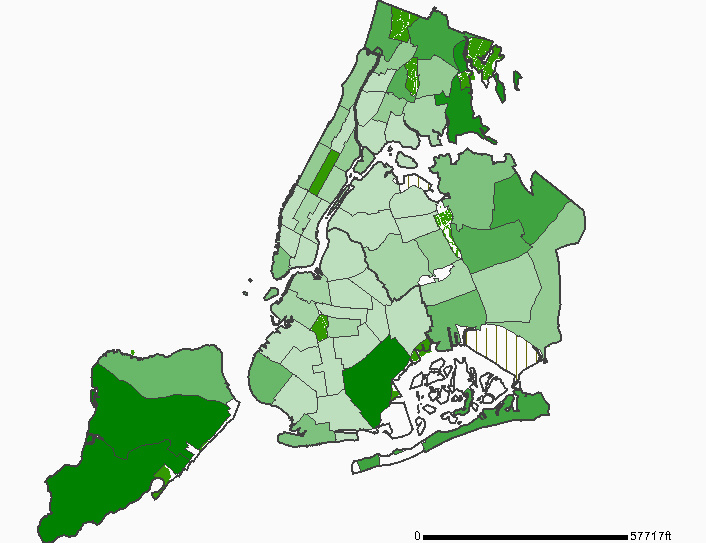

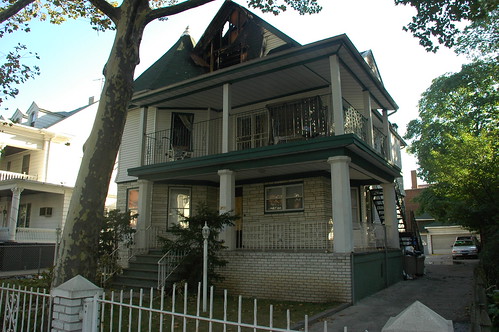



 1 & 2 Family Residential
1 & 2 Family Residential Multi-family Residential (3 or more Residential Units)
Multi-family Residential (3 or more Residential Units) Mixed Use (Residential and Commercial)
Mixed Use (Residential and Commercial) Commercial
Commercial Institutions
Institutions Transportation & Parking
Transportation & Parking Industrial (corresponds to Zoning’s “Manufacturing” designation)
Industrial (corresponds to Zoning’s “Manufacturing” designation) Vacant Lots
Vacant Lots